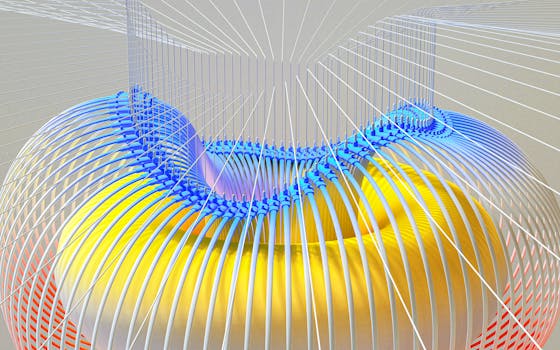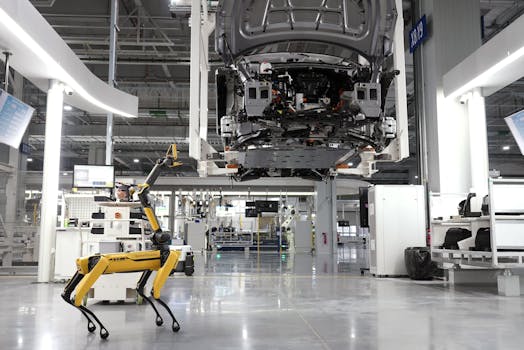The Evolution of Mechanical Engineering Through the Ages
Takeaways: This article delves into the rich history of mechanical engineering, tracing its origins from ancient civilizations to contemporary advancements. It highlights significant inventions, the impact of the Industrial Revolution, and the ongoing innovations that define the field today.
The Ancient Foundations of Mechanical Engineering

In ancient Egypt, engineers constructed monumental structures such as the pyramids using simple machines like levers and ramps. These innovations demonstrated an understanding of mechanics and the ability to manipulate physical forces to achieve significant outcomes. Similarly, ancient Greece saw the development of more complex machines, such as the Antikythera mechanism, an early analog computer used to predict astronomical positions and eclipses.
During the Middle Ages, mechanical engineering continued to evolve with the invention of water mills and windmills, which harnessed natural forces to perform work. These innovations were crucial for agriculture and industry, marking a shift towards more efficient methods of production.
The Industrial Revolution: A Turning Point

As mechanical engineering advanced, so did the complexity of machines. The introduction of mass production techniques allowed for the efficient creation of goods, fundamentally changing the economy and society. Innovations such as the spinning jenny and the power loom transformed textile manufacturing, leading to the establishment of factories and urban centers.
During this time, the field of mechanical engineering became more formalized, with the establishment of engineering societies and educational institutions. Engineers began to specialize, paving the way for the diverse subfields we see today, such as thermodynamics, fluid mechanics, and materials science.
The 20th Century and Beyond: Innovations and Challenges

Furthermore, the rise of automation and robotics transformed manufacturing processes, increasing efficiency and reducing human labor in hazardous environments. The integration of artificial intelligence and machine learning into engineering practices continues to push the boundaries of what is possible, from smart machines to autonomous vehicles.
As the world faces pressing issues such as climate change and resource scarcity, mechanical engineering plays a crucial role in developing sustainable solutions. Innovations in renewable energy technologies, such as wind turbines and solar panels, rely heavily on mechanical engineering principles to optimize efficiency and reduce environmental impact.
Conclusion





